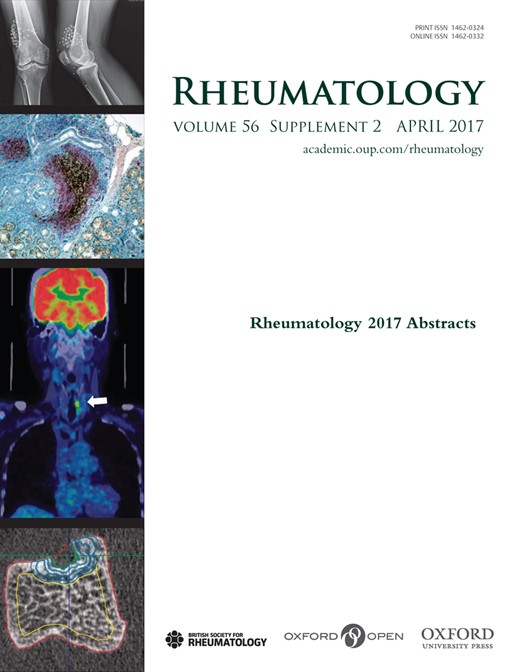-
PDF
- Split View
-
Views
-
Cite
Cite
Karen Walker-Bone, Stefania D'Angelo, Catherine Linaker, E. Clare Harris, David Coggon, Keith T. Palmer, 184. AMONG OLDER ADULTS AGED 50–64 YEARS, MUSCULOSKELETAL PAIN IS MORE COMMON AMONG THOSE IN MANUAL OCCUPATIONS: FINDINGS FROM THE HEAF STUDY, Rheumatology, Volume 56, Issue suppl_2, April 2017, kex062.185, https://doi.org/10.1093/rheumatology/kex062.185
Close - Share Icon Share
Background: As a result of demographic changes, the population is ageing. The UK government has abolished the compulsory age of retirement and people are being required to work to older ages before they can claim their state pension. Musculoskeletal disorders (MSDs) are already one of the two largest causes of work disability but, since they become more common at older ages, their impact on workability is likely to increase. We explored the prevalence of MSDs among people aged 50–64 years and examined their distribution by the type of work (manual vs non-manual) in the HEAF cohort study.
Methods: A cohort of older adults, aged 50–64 years, was recruited from 24 British GP practices. Participants completed a baseline questionnaire which enquired about health and well-being, employment circumstances, retirement intentions, financial situation and musculoskeletal pain in the neck/back, upper limbs and lower limbs. We explored the distribution of musculoskeletal disorders in relation to the type of occupational activities which the individual reported were involved in their job.
Results: In total, 8134 adults were incepted into the cohort. At baseline, 32% reported themselves already out of the workforce. Of the remaining 5403 participants, 35% were in higher managerial occupations, 23% were in intermediate jobs and 27% were in jobs involving manual work. Among manual workers, 25% reported that they were regularly doing night shifts and 45% that they did work intensive enough to raise a sweat. Within each age band, 50–55, 56–60 and 61–65 years, the prevalence of reporting MSDs at each site was increased among those doing manual occupations compared to the other groups. Among those reporting health-related job loss, MSDs alone accounted for 45% of cases. Among those still in work at age 61–65 years, there were less MSDs reported, suggesting that workers can no longer continue to work with their musculoskeletal symptoms at older ages.
Conclusion: Musculoskeletal pain is common among people aged 50–65 years but is increased among those doing manual occupations compared to those in intermediate/manual occupations. Raising the pension age may aggravate health inequalities because manual workers with MSDs required to do shift work or work intensive enough to raise a sweat have a higher prevalence of MSDs and may not be able to continue to work beyond age 65 years.
Disclosure statement: The authors have declared no conflicts of interest.




Comments